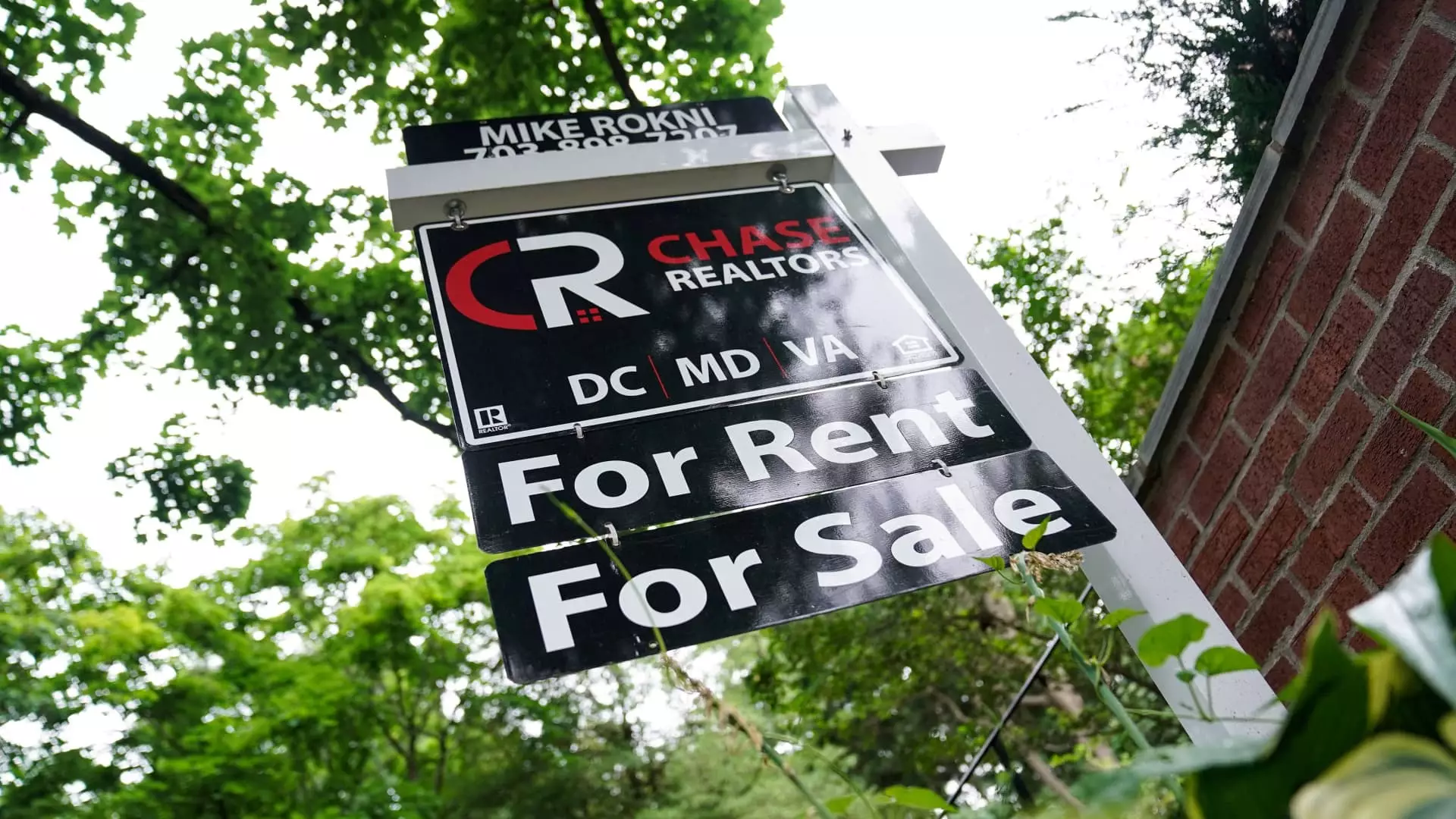In September 2023, the housing market continued to show signs of weakness, with sales of previously owned homes decreasing by 1% from the previous month, reaching a seasonally adjusted annualized rate of 3.84 million units. This marked the lowest rate of home sales since October 2010, according to the National Association of Realtors. The downturn in home sales reflects a 3.5% decline compared to September 2022, painting a troubling picture of the current state of the real estate landscape.
This diminished activity unfolded unevenly across the U.S., with only the West region reporting a slight uptick in sales, while the other three regions experienced declines. The figures presented are indicative of contract signings that likely occurred during the summer months of July and August, correlating the decline with earlier rising mortgage rates—a factor that has continued to affect buyers’ appetites for homes.
Mortgage rates began July hovering around 7% for a 30-year fixed rate mortgage, gradually easing to under 6.5% through August. Despite this decrease, mortgage rates remain significantly higher than they were a year ago, with a notable difference of over a percentage point. The persistent high level of rates combined with the general stagnation in sales illustrates the challenges prospective homeowners face.
Lawrence Yun, the chief economist for the National Association of Realtors, highlighted that median sales have been stuck at approximately four million units for the past year. Yet, he optimisticly noted the emergence of conditions that typically foster increased home sales, suggesting a critical inflection point might be on the horizon.
The inventory of homes available for sale presented a silver lining in September, increasing by 1.5% to reach 1.39 million homes. This translated to a 4.3-month supply based on the current sales rate, with inventory levels 23% higher than the previous year. As Yun stated, the boost in inventory can have a positive impact for buyers, offering more options to evaluate before making a decision.
Despite growth in inventory, the market’s low levels of distressed properties continue to maintain upward pressure on prices. The median price of existing homes sold in September surged to $404,500, marking a 3% year-over-year increase, and completing 15 consecutive months of rising prices. This suggests that the core issue lies not in the availability of homes but in economic factors systematically elevating prices beyond the reach of some buyers.
Recent trends have indicated a substantial shift in buyer demographics, particularly among cash buyers, who constituted 30% of sales in September—up from the pre-Covid norm of about 20%. Interestingly, investor participation has reduced slightly from 19% to 16%, indicating a potential cooling-off period for investment activity.
Furthermore, the average days on the market for homes increased to 28, a stark contrast to the 21 days recorded in the previous year, revealing that properties are lingering longer in a competitive market. First-time buyers remain woefully underrepresented, claiming only 26% of sales in September, raising concerns about affordability and market accessibility for new entrants.
The U.S. housing market is at a crossroads characterized by stagnant sales, rising home prices, and an increase in available inventory. For prospective buyers, strategic planning and financial readiness will be essential as the market continues to evolve amidst these challenging circumstances.


Leave a Reply